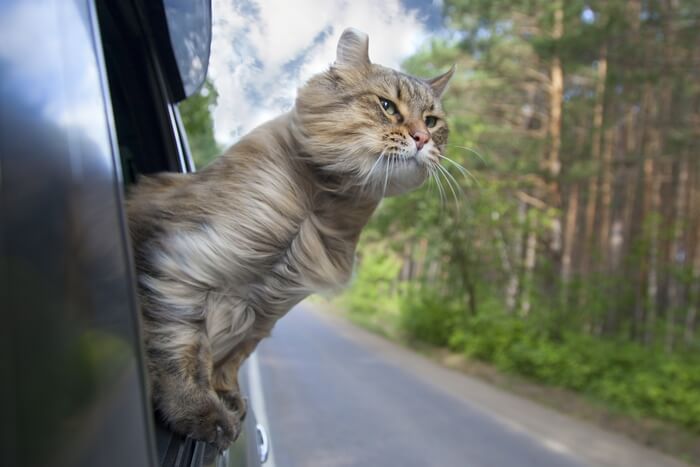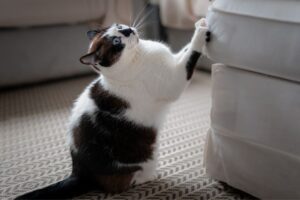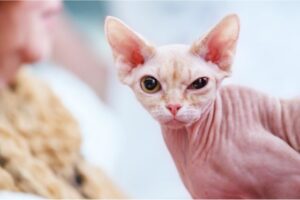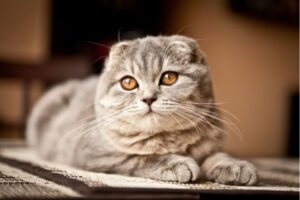Everyone knows that humans have domesticated cats – or have we? According to scientists, there is only a very small amount genetically that separates the average house cat from its wild counterparts.
With such little difference separating a house cat from a wild animal, creating the perfect environment for your cat in your home can seem like an overwhelmingly difficult task. Luckily, there are many ways in which you can enrich your home for your favorite furry friend, ranging from ready-made products on the market, to fun DIY projects for everyone to participate in.
Why enriching a cat’s indoor environment is important
According to the National Center for Biotechnology Information, “Cats maintain their natural behaviors, such as scratching, chewing, and elimination, while living indoors, and they may develop health and behavior problems when deprived of appropriate environmental outlets for these behaviors.”
Providing an enriching indoor environment for your cat will decrease its likelihood for behavioral problems as it will supply them with the mental stimulation they need.
Tips for creating the perfect indoor environment
Create vertical space
Providing your furry friend with vertical spaces in the home will not only allow your cat to feel more safe, but it will mentally stimulate them as well. Cats are naturally both a predator and prey species and they need spaces that they can claim for themselves.

When a cat has a space of their own it helps boost feelings of confidence and security. In order to create this space for them there are a variety of different cat trees available to purchase, however, creating your own with natural objects is doable as well. You might also try cat shelves, mapping out a vertical space around the entire room in which your cat can run around without ever touching the floor.
Scratching is natural
While seemingly a nuisance to humans and their furniture, scratching is a completely normal and beneficial behavior in cats. According to International Cat Care, “Cats scratch with their front claws by dragging them downward, either on a horizontal or vertical surface – this action, referred to as stropping, loosens and removes the outer husk of the claw revealing a sharp new surface underneath.”
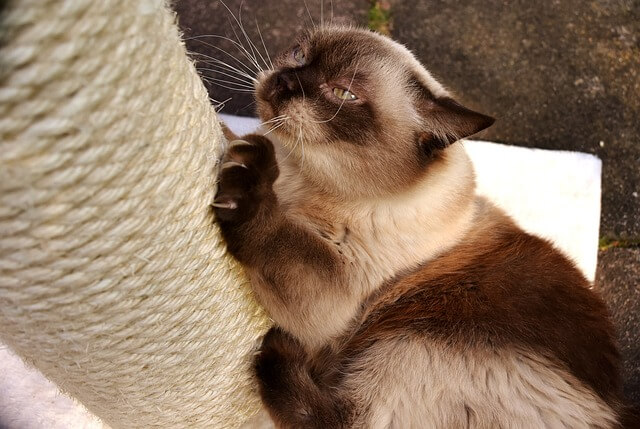
Scratching even serves as a form of exercise in your cat, as well as a form of marking their territory. Unless you provide scratching posts and furniture for your cat to use, they may utilize yours instead. Cats are individuals and have different preferences on their preferred scratching material, however, twine, corrugated cardboard, and wood are a few popular choices.
If your cat isn’t using a scratching post you’ve provided to them, there may be a few reasons. Make sure the scratching furniture is heavy enough to not move when they scratch or this will deter them. Additionally, if your cat is a fan of catnip, try rubbing it on the scratching post in order to persuade them to use it.
Make feeding time more interactive
Simply putting food in a bowl and leaving it out for your cat for the day provides very little stimulation for your cat and can even be harmful to them. As a natural predator, cats are meant to hunt and search for their food typically going through a routine of searching and reward.
When cats are provided with a simple food bowl, they tend to overeat which can lead to many issues down the road such as obesity and gastrointestinal issues. There are a few ways in which you can prevent these issues, such as food puzzles.
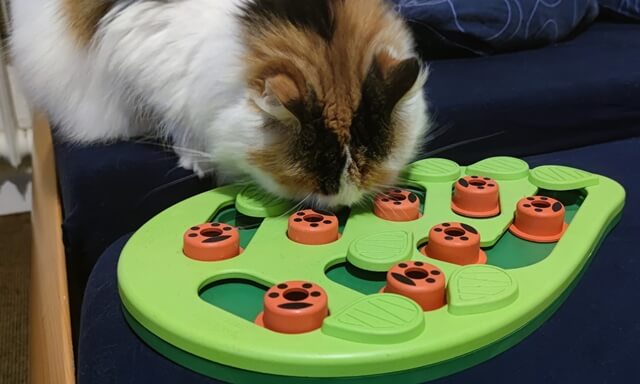
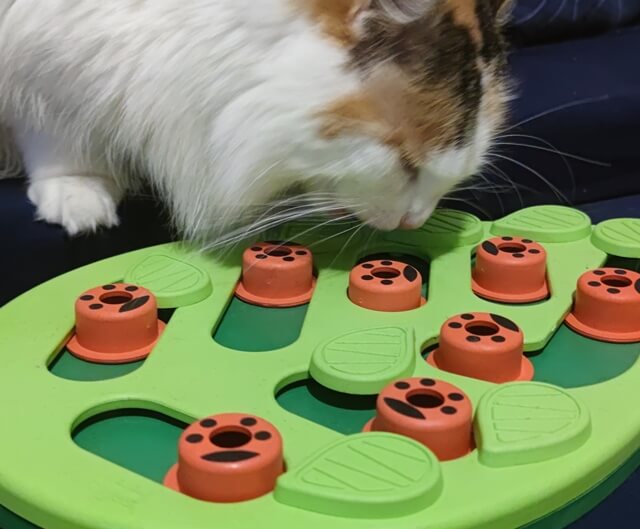
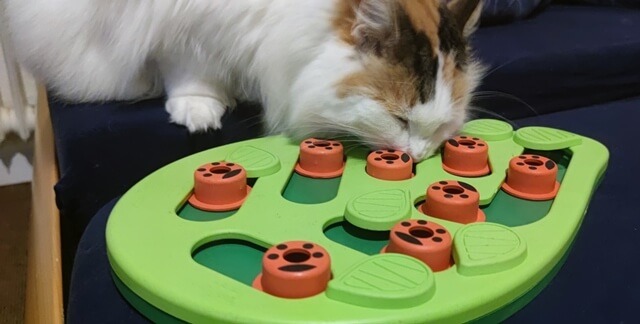
For dry food, food puzzles are an interactive container that hide treats or food. In order to receive the food, the cat must figure out how to solve the puzzle, typically by hitting it a certain way or pushing it. For cats who prefer wet food, there are lick mats available that have small grooves and textures that force your cat to slow down and put more effort into eating.
Provide running water
Most cats will either begrudgingly drink from standing water or downright refuse. This could be due to a variety of different reasons, but perhaps the most common is that they prefer running water. This preference is in large part due to their ancestry and as we’ve stated before, cats are really only semi-domesticated.
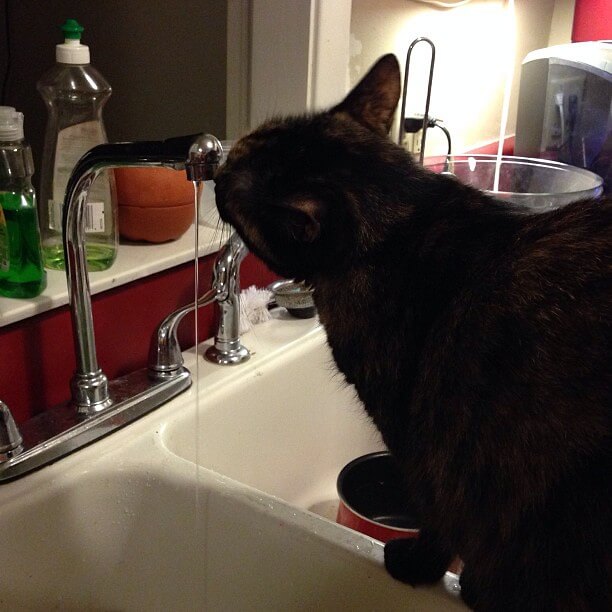
In the wild, animals instinctively know that standing water is more likely to be contaminated and therefore, unfit for consumption. Additionally, running water also simply tastes better as the movement allows for it to remain cooler for longer and boast an increased oxygen content.
An additional tip is to not place your furry friend’s water next to their food area, as they instinctively do not eat near water sources since it could lead to contamination of the water.
Make time for one-on-one play
Perhaps one of the most important aspects of creating the perfect indoor environment for your cat is to spend time playing with them. As with humans, getting up and moving is integral to one’s overall health.
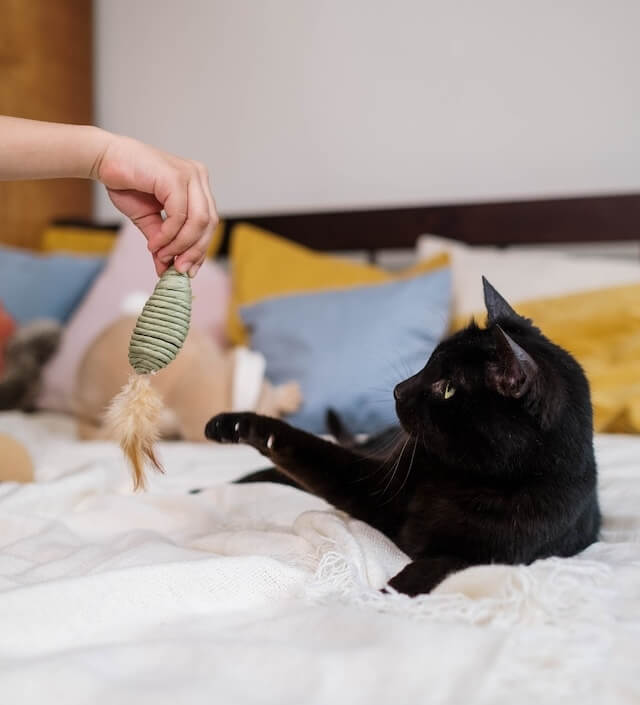
Engaging in routine physical activity will provide plenty of mental stimulation, as well as physical. It’s important to note that cats typically get bored with the same toys after a while, so provide only a few at a time and rotate them on a week by week basis as you see fit.
You should be playing with your cat at least once or twice daily, ideally for at least 15 minutes a season. Participating in playtime with your kitty can even help strengthen the bond between your cat and yourself, as well as increase their confidence.
Finishing Thoughts
Overall, the most important factor for creating the perfect indoor environment for your cat is to minimize their stress.
If your cat is displaying abnormal behaviors such as overgrooming, aggression, or being very reclusive, these tips may help aid them. However, even if your furry friend has a seemingly great life, providing these new additions for them may make them even happier!
You may also like
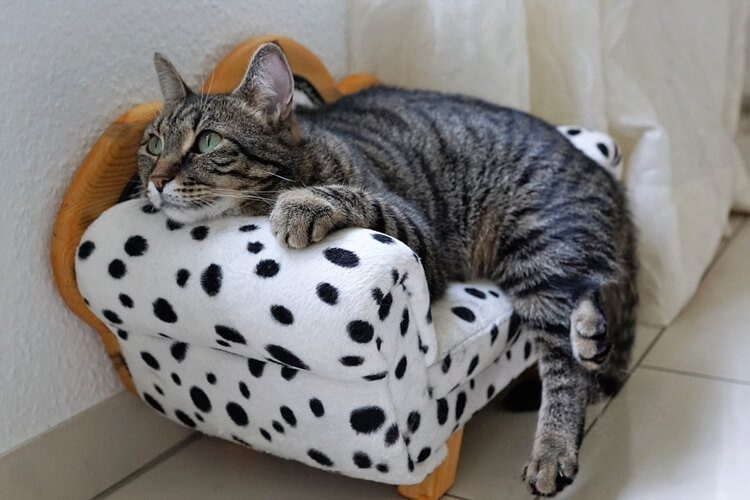
How to Create the Perfect Indoor Environment for Your Cat
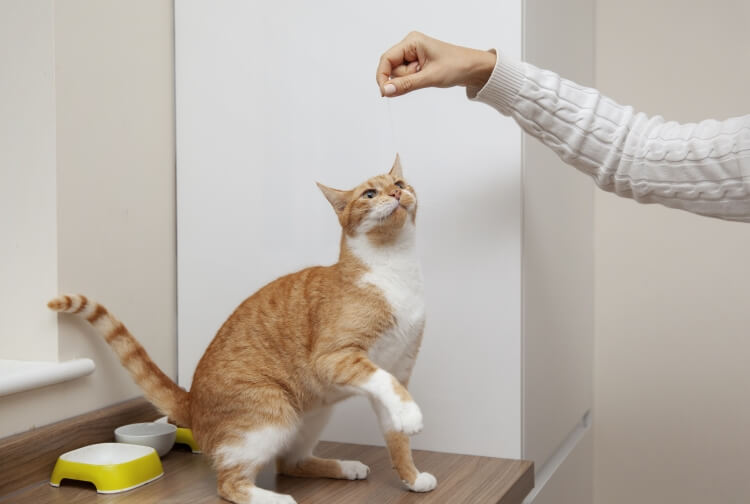
Guide to Cat Training: Tips and Tricks for a Well-Behaved Feline
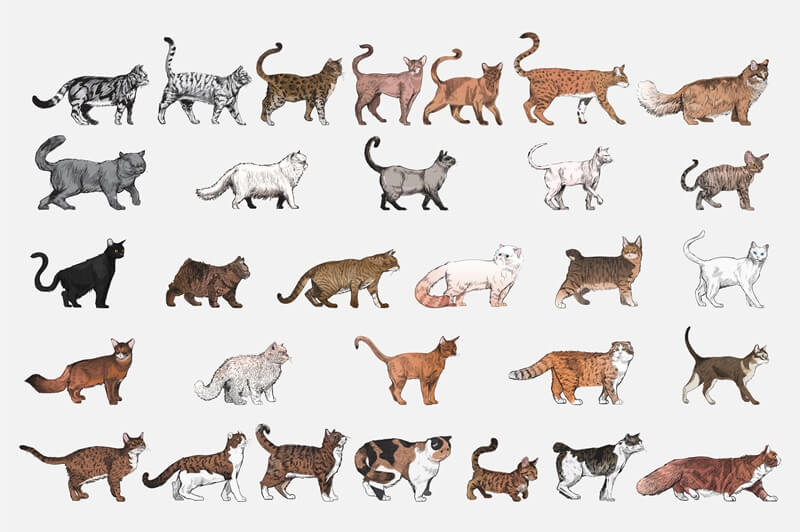
A Complete Guide to Cat Breeds: Find Your Perfect Furry Friend
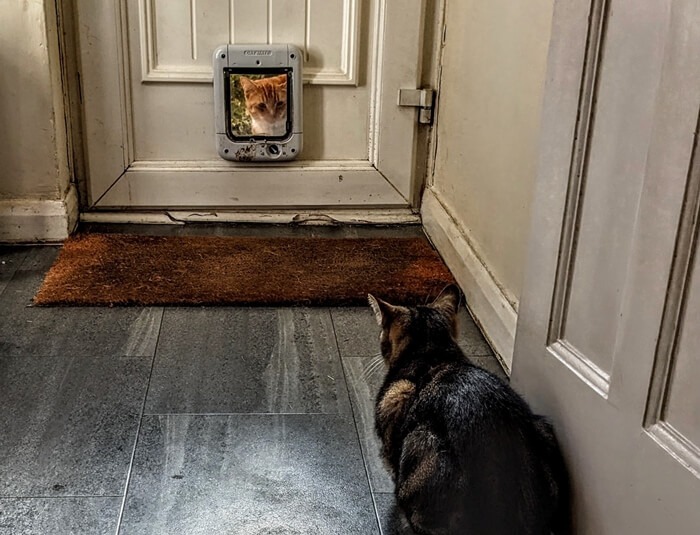
Training Your Cat to Use a Pet Door
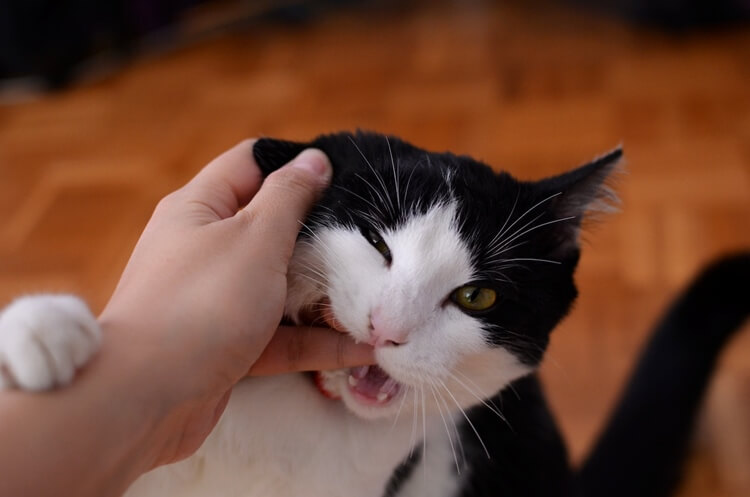
My Cat Keeps Biting Me: Causes and Solutions
